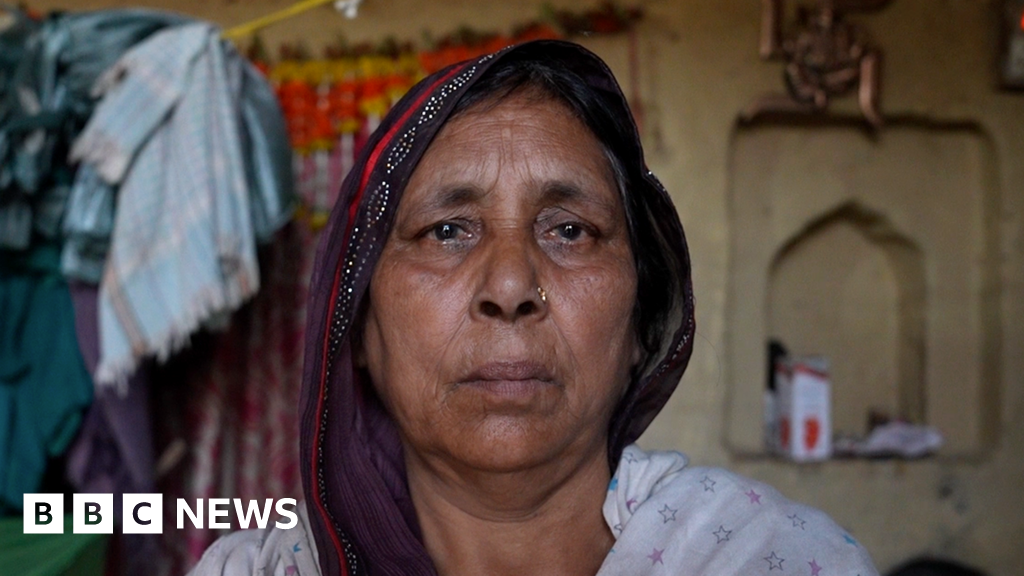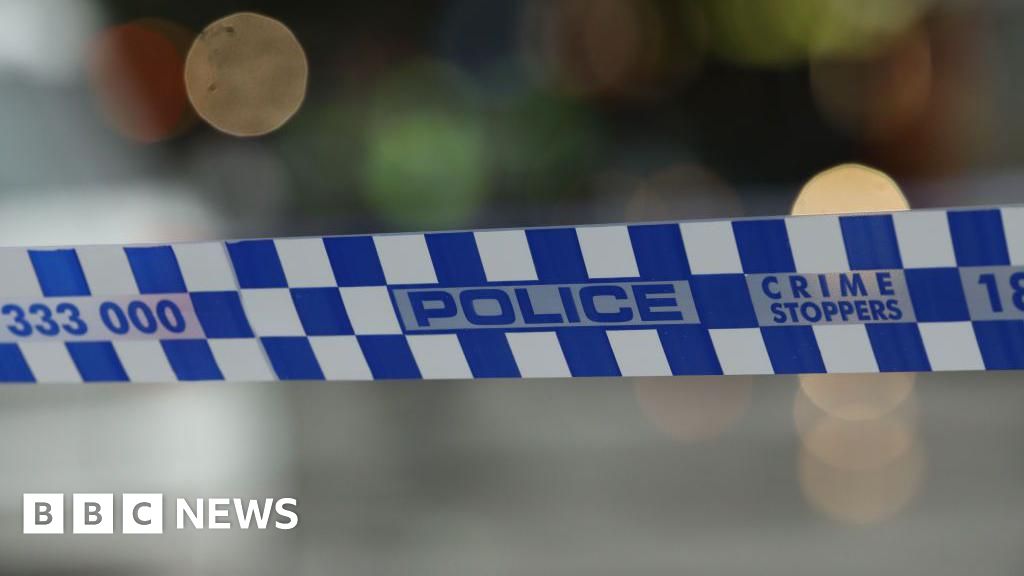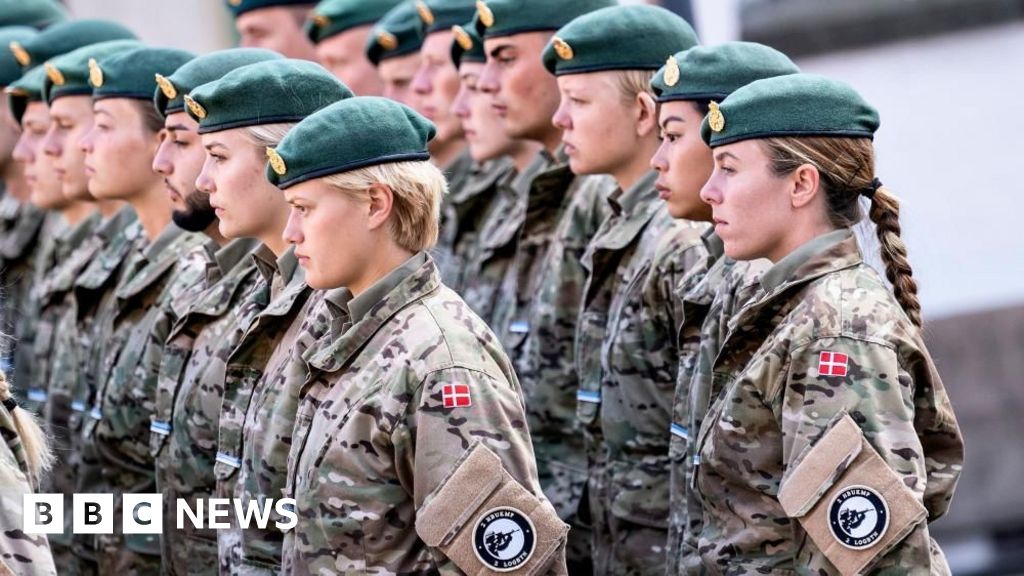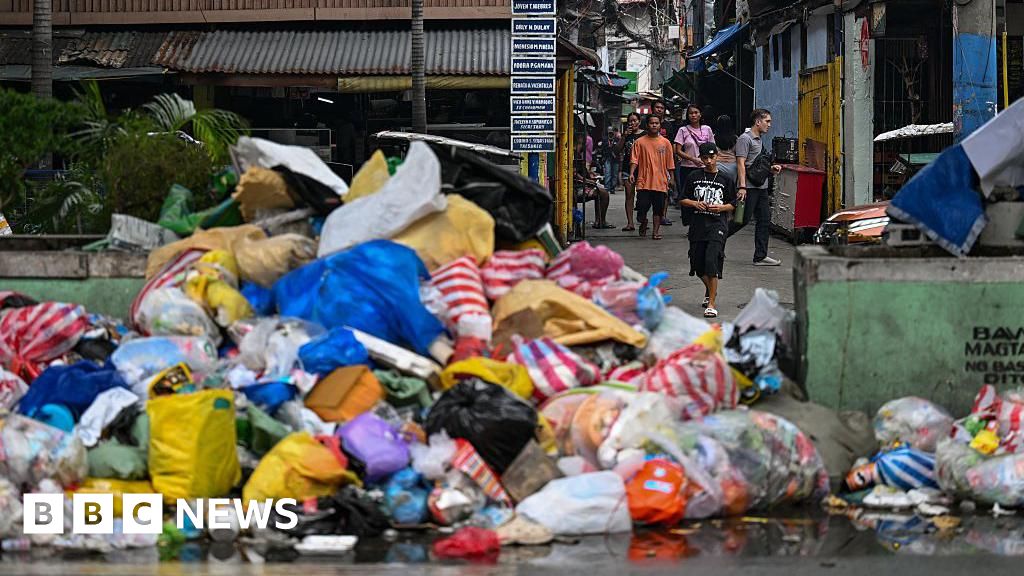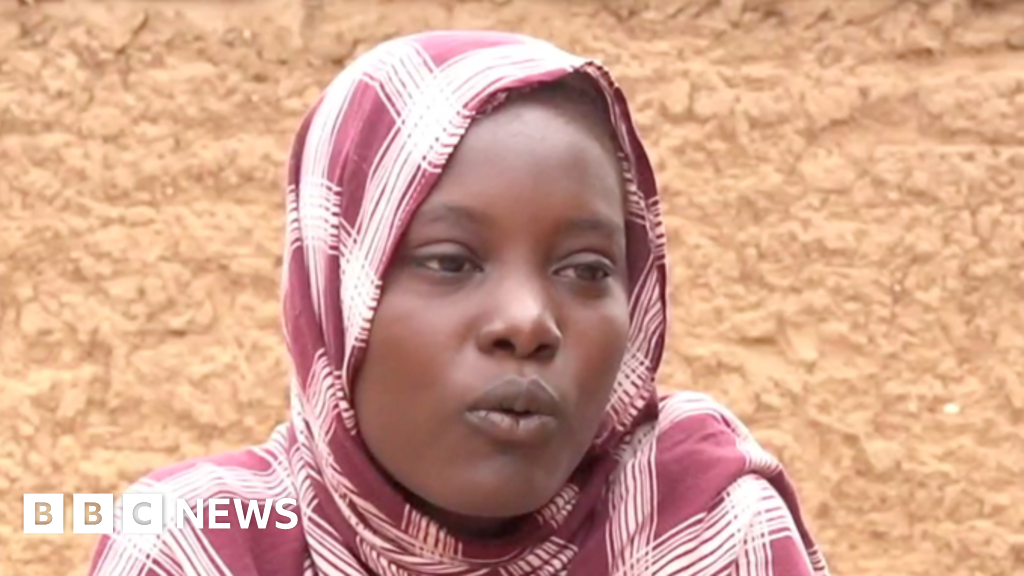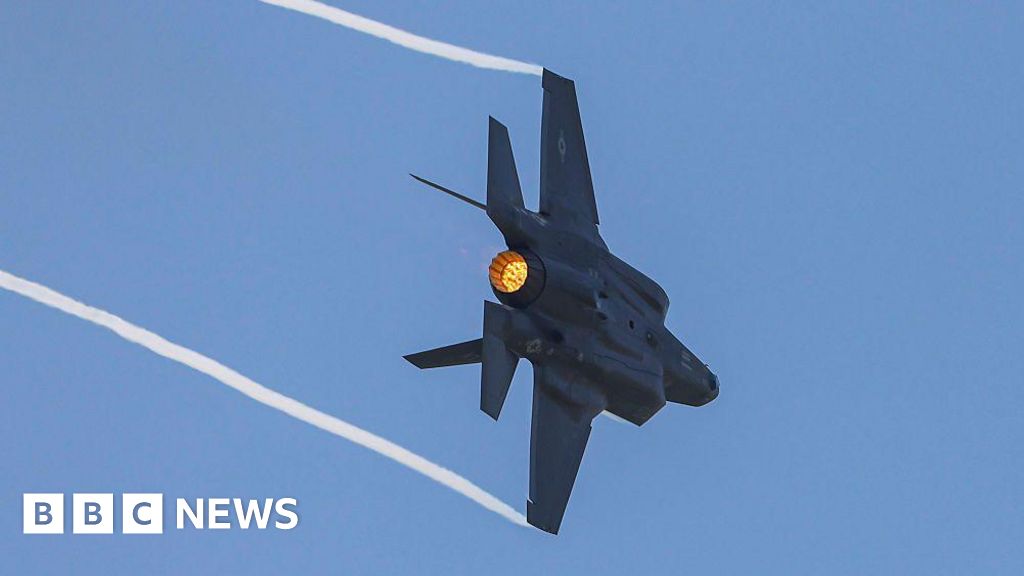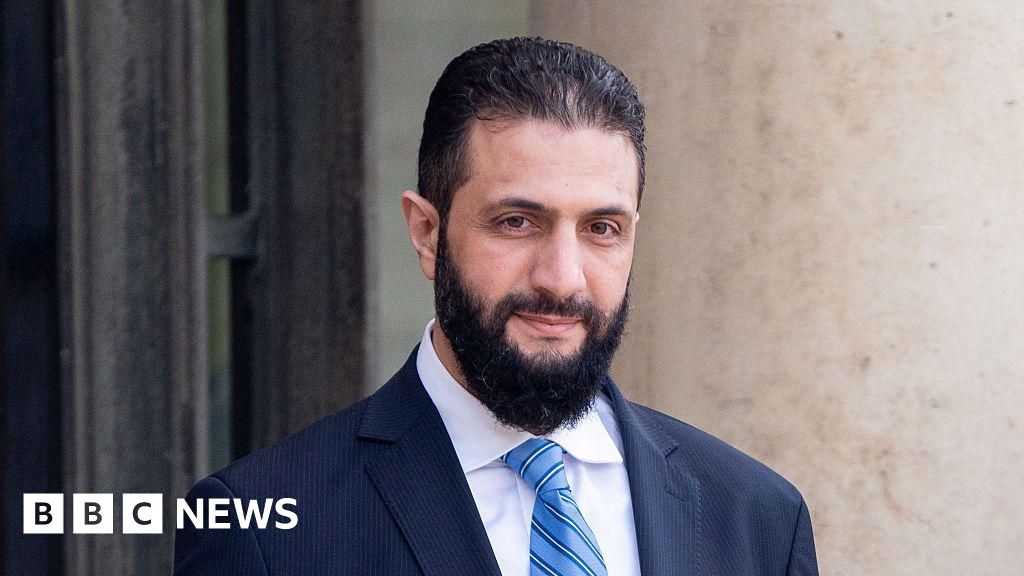President Trump embarks on a visit to Saudi Arabia on Tuesday with a $1 trillion wish list for investments in the United States — a sum equivalent to the kingdom’s entire gross domestic product last year.
The Saudi crown prince is offering $600 billion during Mr. Trump’s presidency.
Neither figure is realistic, economists say.
With a laundry list of its own costly megaprojects to build and with oil prices well below the level needed to finance its spending, Saudi Arabia is facing a budget deficit that could balloon to more than $70 billion this year. It is increasingly borrowing money rather than lending it.
But that did not stop Crown Prince Mohammed bin Salman, the de facto leader of the authoritarian Saudi monarchy, from pledging in January to invest $600 billion in the United States while Mr. Trump is in office. Not long after that, Mr. Trump called him a “fantastic guy.”
Then the president said he would ask the crown prince to round that figure up to $1 trillion. And bring down the price of oil — the source of the kingdom’s vast wealth — to boot.
“We’ve been very good to them,” Mr. Trump said.
Economists said that Saudi investments in the United States would probably increase during Mr. Trump’s administration, but were unlikely to even approach $1 trillion.
The figure Mr. Trump is seeking exceeds the value of all assets in the kingdom’s hefty sovereign wealth fund, which is worth about $925 billion and largely tied up in domestic holdings.
“I don’t see how they get anywhere close to $600 billion, let alone $1 trillion,” said Tim Callen, an economist and former International Monetary Fund mission chief to Saudi Arabia.
“We’re more focused on the domestic economy,” he said, calling this a “big paradigm shift.”
But for Mr. Trump and Prince Mohammed, these finer details are not necessarily the point. They speak the same language, Mr. Callen said, describing them as “two guys who like throwing very large numbers around.”
Mr. Trump has cultivated strong business ties with Saudi Arabia. During his first term, his son-in-law and adviser Jared Kushner, developed a close relationship with Prince Mohammed and the two shared a transactional mind-set.
Mr. Trump and the Saudi crown prince both have a penchant for eye-popping declarations, leaving questions about feasibility for their underlings to sort out.
In some cases, Prince Mohammed’s grand pronouncements have come to fruition. He has rapidly loosened social restrictions in the once-ultraconservative kingdom, enabling women to pour into the labor force and teenagers to dance at raves in the desert. Other plans, such as a $200 billion solar energy project that would have been the largest in the world, have been quietly swept aside.
Mr. Trump has claimed that, during his 2017 Saudi visit, he secured $450 billion of investments in the United States. But Mr. Callen said he analyzed public data and determined this amount did not fully materialize.
The export of American goods and services to Saudi Arabia while Mr. Trump was in office from 2017 to 2020 totaled $92 billion, Mr. Callen found, less than the total during President Barack Obama’s second term, which ended in 2017.
Asked about this discrepancy and about Mr. Trump’s target of securing $1 trillion in investments on the coming visit, the White House communications director Steven Cheung said that the president “has already successfully secured more than $5 trillion in new investments into the U.S. economy — bringing manufacturing, boosting production, and creating high-paying jobs.”
Mr. Trump has said that it was the prospect of hundreds of billions of dollars in investments that prompted him to prioritize Saudi Arabia to kick off his first major overseas tour of this term — as he did in 2017 during his first term.
After Saudi Arabia, the president will visit two other wealthy Gulf allies on this trip, Qatar and the United Arab Emirates.
His state visit to Saudi Arabia this week is expected to be a spectacular affair, full of pageantry that contrasts sharply to President Joseph R. Biden Jr.’s relatively chilly visit to the kingdom in 2022.
During Mr. Trump’s first Saudi state visit, he was welcomed with a traditional sword dance and an image of his face projected onto the facade of the lavish Ritz-Carlton hotel in Riyadh, the capital.
As they did last time, Saudi officials are planning to announce a flurry of deals after the president arrives.
The government is hosting an investment forum on Tuesday with a long roster of American business leaders, including the chief executives of IBM, BlackRock and Citigroup. Many of them already have Saudi ties.
This month, the State Department announced that it had approved a potential sale of $3.5 billion of air-to-air missiles to Saudi Arabia. A memorandum of understanding with the U.S. over mining and mineral resources is also expected.
Some deals could be tentative agreements that never materialize. Others could repackage previous deals, something that could serve to pad the total figure of investments that Mr. Trump can say he secured.
Saudi Arabia is still the world’s largest oil exporter, bringing in hundreds of billions of dollars in revenue each year. Its U.S. investments are extensive, including more than $100 billion of Treasury holdings and $2 billion in a fund managed by Mr. Kushner.
Overall, the Saudi sovereign wealth fund has invested $110 billion in the United States since 2017, plus another $58 billion of procurement spending, the fund said in a statement to The Times. It did not respond to questions about expanding its investments in the country and the Saudi Finance Ministry also did not respond to a request for comment on the topic.
The Saudi state spends much of its revenue on public sector salaries. And under Prince Mohammed, it has invested in a growing number of domestic megaprojects.
The government is predicting budget deficits through at least 2027.
The costliest megaproject is Neom, the prince’s crown jewel. It is an entire new region that he wants to build in the remote northwestern corner of the kingdom, with a mountain ski town and a skyscraper that stretches horizontally for 100 miles.
When he announced Neom in 2017, he called it a $500 billion project. But estimates of its potential cost have since soared into the trillions, and $50 billion has already been spent on the basic infrastructure alone.
Diriyah Gate, a vast culture and tourism hub in Riyadh, is now forecast to cost more than $60 billion, a number that has ballooned from early estimates of $20 billion. A luxury tourism project on the Red Sea has already cost more than $20 billion.
The kingdom also plans to host the World Expo in 2030 and the men’s soccer World Cup in 2034 — both events that will require hefty spending on infrastructure.
Accounting for spending by its sovereign wealth fund, Saudi Arabia needs oil prices at about $108 a barrel for the state to simply break even, said Ziad Daoud, Bloomberg’s chief emerging-market economist. The price of Brent crude is currently hovering above $60 a barrel.
Saudi officials could invest large sums in the United States, but they would need to borrow to do it, Mr. Daoud said.
“And $1 trillion is far-fetched,” he added.
Many people think of Saudi Arabia as a country “that gives grants and loans and investments,” but that has changed, Mr. Daoud said.
To invest more in the United States, Saudi officials could also rebalance their portfolio — perhaps by selling assets in other countries, said Farouk Soussa, a Middle East economist at Goldman Sachs. But it is improbable that they could free up $1 trillion.
Mr. Soussa estimated that the kingdom’s total assets abroad were about $1.4 trillion, much of which is already in the United States.
“How much is available to shift into the U.S. is anyone’s guess,” he said.
Ismaeel Naar contributed reporting from Dubai, United Arab Emirates.
Source link

